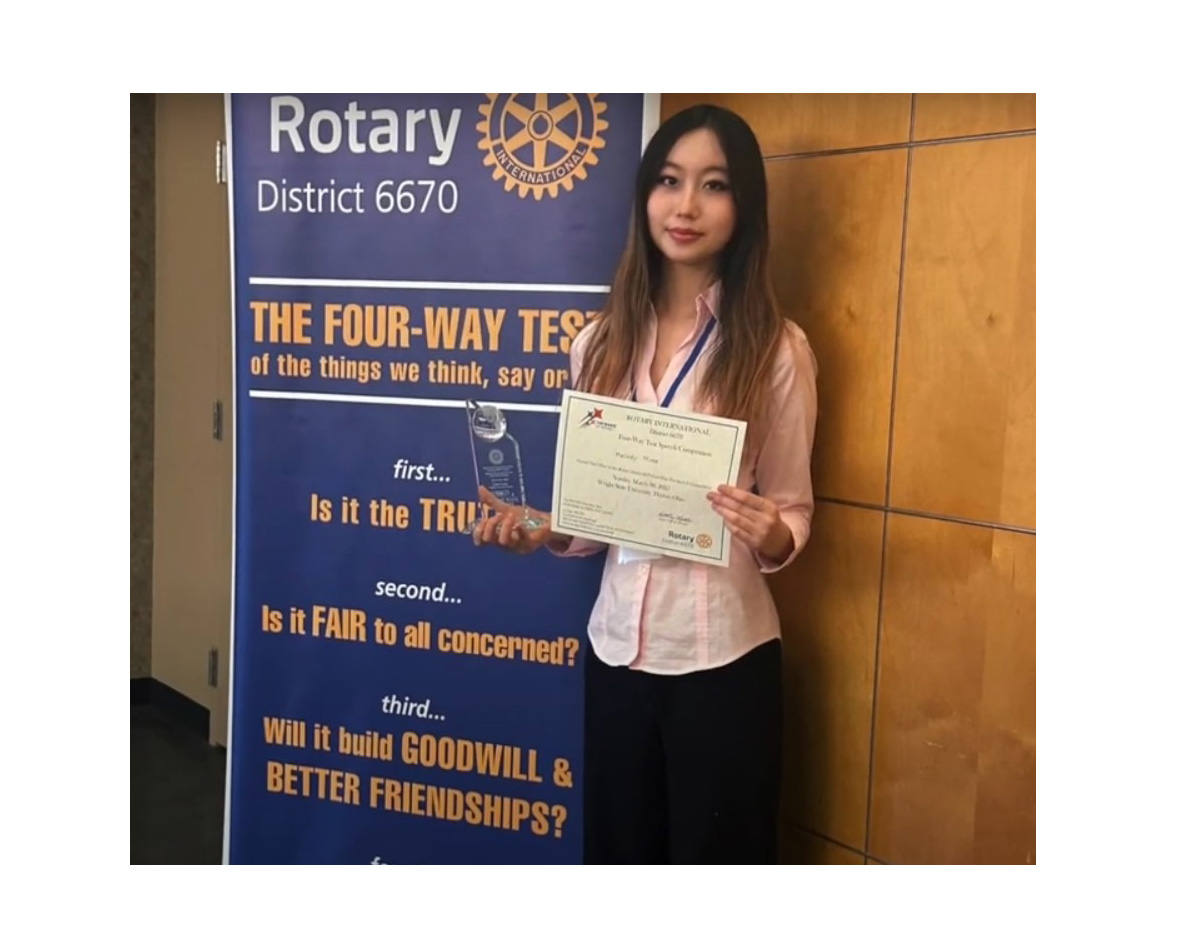Without some of the programs Talawanda schools have in place for its less fortunate students, many would likely be hungry, struggle in class and be set up for failure.
Lindsey Gregg, director of teaching and learning at Talawanda, explains that without free or reduced lunches she doesn’t know how many of the students would get lunch. Without FAFSA Day at the high school, a day where the school helps students fill out their FAFSA (Free Application for Federal Student Aid), some students would not know how to start with making college an affordable possibility for themselves, she said.
“We want our students to focus on their futures and reaching their goals,” Gregg said. “They can’t do this if their basic needs aren’t met. This is why these resources are in place.”
It is important for school systems to recognize any additional needs its less fortunate students have to create the healthiest learning environment possible, said Holli Morrish, director of communications and public relations for Talawanda.
“Talawanda has had a wellness program in place for many years and a primary initiative is removing non-academic barriers to learning. We are doing this by utilizing internal and external resources to help the kids with food risk and we have had school social workers in place working with whole families. Also, recently we have partnered with two health organizations to better provide healthcare for students whose families will agree to the services.”
One-third of Talawanda’s 3,000 students are currently on free or reduced lunch, meaning 1,000 of their students meet the federal government and poverty guidelines that provide breakfast and lunch in public schools. There are various ways a student can qualify for this aid, including: being a part of a household receiving Supplemental Nutrition Assistance Program (SNAP); being part of a family qualified for Temporary Assistance for Needy Families (TANF); being a foster child under the legal responsibility of a foster care agency or court; being in a household that meets the income eligibility guidelines; and homeless, migrant or runaway children.
“Research has proven that when students have food in their belly, they are more apt to be alert, learn a little better and be able to be a little bit more attentive in class,” Gregg said.
According to Morrish, Talawanda excels in providing resources for students in need. While free and reduced lunch allows students to receive proper nutrients, school social workers utilize local donors such as United Way to provide students with many of the school supplies they need but can’t afford to buy themselves. In addition, all employees are required to complete a training program on how to best understand and assist their students. Understanding poverty is just one of the many topics covered.
In its effort to prepare students, regardless of personal obstacles, for their futures beyond high school, Talawanda puts on an annual FAFSA Day for seniors. The event is supported by the Talawanda/Miami Partnership, a task force created in 2001 made up of representatives from the district and the university to work on projects of mutual interest.
“This helps students and parents to complete the forms so that students can share information that helps them receive government aid. We also have many scholarships in the community that are needs based,” Morris said.
Even outside of academics, Talawanda works to help support the community through volunteering every year at Sharefest. Sharefest is an annual event dedicated to redistributing furniture and household items donated at the end of the school year by Miami University students. Donated items go to local residents in need and social service agencies. Holli Morrish serves as the vice president of the Sharefest Board.
“Our mission is two part, promoting recycling and reuse, but also getting items needed by families in our community into their hands through the work of this program,” said Morrish. “We have many community partners.”




